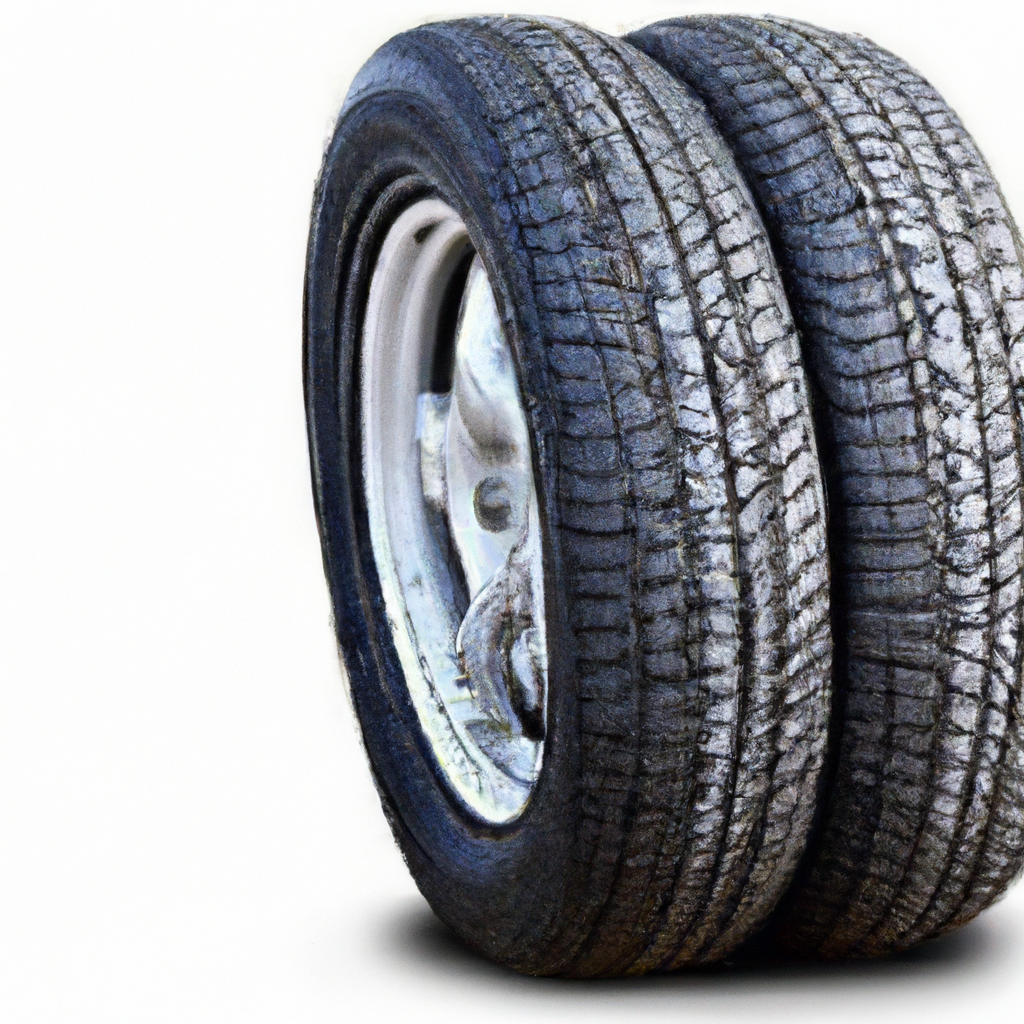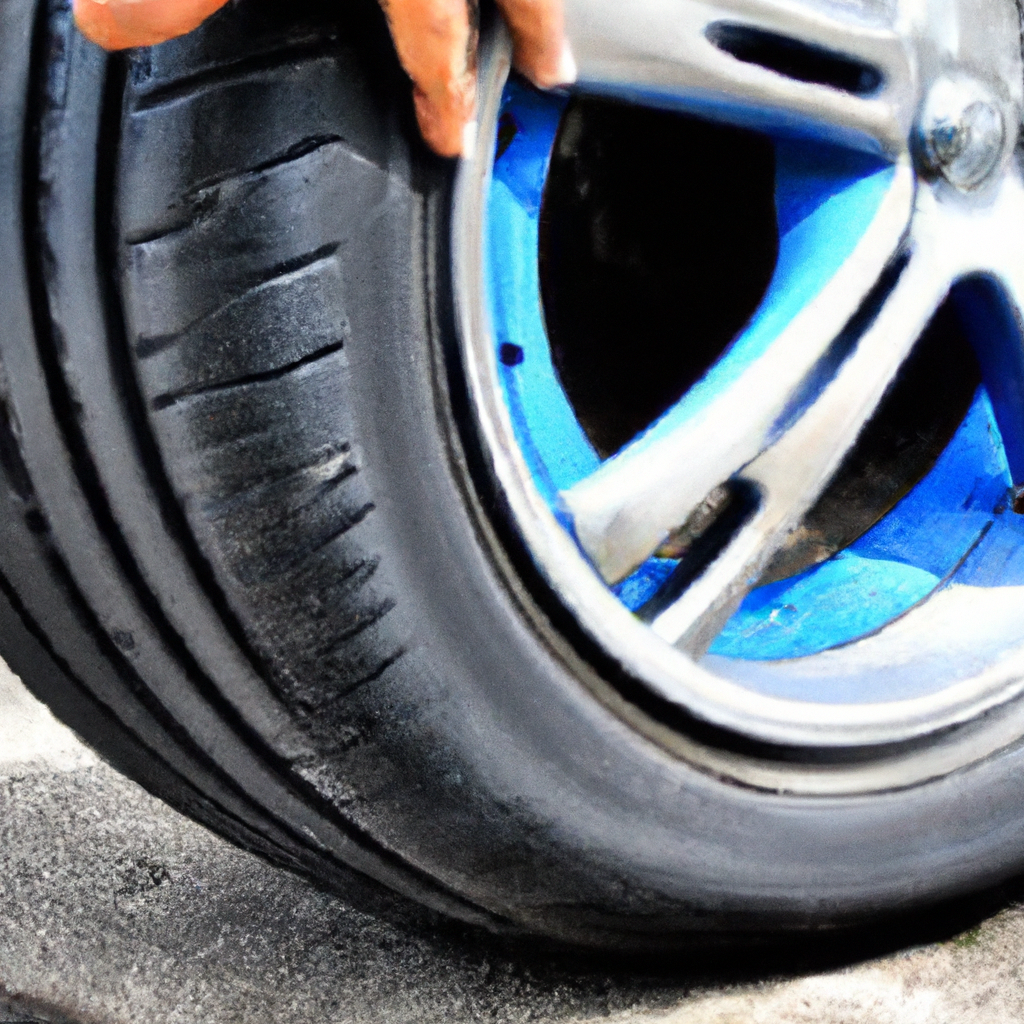Have you ever considered the potential drawbacks of run-flat tires? While these tires offer convenience and peace of mind in the event of a puncture, there are a few downsides to consider. For one, run-flat tires tend to have a stiffer and less comfortable ride compared to traditional tires. Additionally, they can be more expensive to replace and may have limited availability in certain tire sizes and brands. It’s important to weigh the pros and cons before deciding if run-flat tires are the right choice for you.

Increased cost
Higher initial purchase price
One of the biggest drawbacks of run-flat tires is the increased cost associated with them. Compared to traditional tires, run-flat tires tend to have a higher initial purchase price. This can be a deterrent for many consumers who are looking to save money on their vehicle maintenance. It’s important to consider this cost when deciding whether or not to invest in run-flat tires.
More expensive repairs and replacements
In addition to the higher initial cost, run-flat tires also come with the potential for more expensive repairs and replacements. This is because run-flat tires cannot be repaired in the same way traditional tires can. Instead, they often need to be completely replaced, which can be a costly expense. It’s important to budget for these potential repairs and replacements when considering run-flat tires.
Limited availability
Limited range of sizes and brands
Another drawback of run-flat tires is the limited availability in terms of sizes and brands. While traditional tires come in a wide range of sizes and are typically offered by numerous brands, run-flat tires have a more limited selection. This can make it challenging to find the right size and brand of run-flat tire for your vehicle, especially if you have specific preferences or requirements.
Limited availability in certain regions
In addition to the limited range of sizes and brands, run-flat tires may also be less readily available in certain regions. Not all tire shops and dealerships may carry run-flat tires, which can make it challenging to find a replacement tire or get a repair done in a timely manner. This limited availability can be frustrating and inconvenient for those relying on run-flat tires.
Rougher ride quality
Stiffer sidewalls
Run-flat tires are known for their stiffer sidewalls, which can result in a rougher ride quality compared to traditional tires. The stiff sidewalls are designed to provide support even when the tire loses air pressure, allowing the vehicle to continue driving. However, this stiffness can lead to a less comfortable and smooth ride, especially on rough or bumpy roads.
Increased road noise and vibrations
In addition to the rougher ride quality, run-flat tires may also contribute to increased road noise and vibrations. The stiff sidewalls and reinforced construction can result in louder tire noise and more noticeable vibrations while driving. This can be bothersome for those who prioritize a quiet and smooth driving experience.
Reduced vehicle handling and performance
Compromised handling and cornering
One of the potential drawbacks of run-flat tires is compromised vehicle handling and cornering capabilities. Due to their stiffer sidewalls and reinforced construction, run-flat tires may not provide the same level of agility and responsiveness as traditional tires. This can impact your ability to take sharp turns or maneuver your vehicle with ease.
Decreased traction and braking performance
Moreover, run-flat tires may also have decreased traction and braking performance compared to traditional tires. The design of run-flat tires prioritizes the ability to drive safely even after a puncture or loss of air pressure, which means that some of the features that enhance traction and braking may be compromised. This can impact your ability to stop quickly in emergency situations or navigate slippery road conditions.

Difficulty in identifying tire damage
Concealed damage
One significant drawback of run-flat tires is the difficulty in identifying tire damage. Unlike traditional tires, which often visibly show signs of damage such as bulges, cuts, or nails, run-flat tires may conceal such damage due to their reinforced construction. This means that you may not be aware of a potential issue with your tire until it becomes more severe, putting you at risk of a sudden flat tire or blowout.
Increased reliance on tire pressure monitoring systems
To compensate for the difficulty in identifying tire damage, run-flat tire users often rely heavily on tire pressure monitoring systems (TPMS). These systems alert drivers to changes in tire pressure, allowing them to address any issues promptly. However, TPMS can occasionally fail to detect subtle changes in pressure, leading to a false sense of security. This reliance on TPMS can be stressful and may require additional maintenance and vigilance.
Limited repair options
Irreparable damage
When run-flat tires sustain irreparable damage, they often cannot be repaired like traditional tires can. This means that even a small puncture or cut can result in the need for a complete tire replacement. This limited repair option can be frustrating and costly, especially if the tire has not been used for long and still has a significant amount of tread life remaining.
Dependence on professional assistance
Fixing a run-flat tire typically requires professional assistance, as the reinforced construction and special features of these tires make them more challenging to repair. This means that if you experience tire damage while on the road, you may need to depend on a tow truck or the availability of a tire specialist to assist you. This reliance on professional help can be inconvenient and time-consuming.

Inadequate heat dissipation
Increased heat build-up
Another potential drawback of run-flat tires is their reduced ability to dissipate heat compared to traditional tires. The stiffer sidewalls and reinforced construction of run-flat tires make them less efficient at transferring heat away from the tire, leading to increased heat build-up. This can result in accelerated tire wear, reduced tire performance, and potentially even tire failure.
Higher risk of blowouts
The inadequate heat dissipation in run-flat tires also increases the risk of tire blowouts. When the tire is unable to effectively cool down, it becomes more susceptible to overloading and excessive stress. This can lead to a blowout, which can be dangerous and potentially cause a loss of control of the vehicle. It’s important to monitor the heat build-up in run-flat tires to minimize the risk of blowouts.
Limited mileage range
Reduced driving distance after tire damage
One of the limitations of run-flat tires is the reduced mileage range they offer after sustaining tire damage. While run-flat tires allow you to continue driving for a short distance even after a puncture or loss of air pressure, this range is often limited. It is generally recommended to drive no more than 50 miles at speeds below 50 mph on a run-flat tire. This limited driving distance can be problematic if you are far from a tire shop or service center.
Higher risk of being stranded
Due to the limited mileage range of run-flat tires, there is a higher risk of being stranded if the tire sustains damage in a remote or unfamiliar area. This can leave you waiting for roadside assistance or searching for a nearby tire shop. It’s important to consider your driving habits and the locations you frequently visit to determine if the limited mileage range of run-flat tires is suitable for your needs.

Compatibility issues with tire pressure monitoring systems
Incompatibility with some vehicles
Not all vehicles are equipped with tire pressure monitoring systems (TPMS) that are compatible with run-flat tires. Older or lower-end models may not have the necessary TPMS capabilities to detect changes in pressure accurately. This can be problematic as run-flat tires heavily rely on TPMS for monitoring tire pressure and potential damage. Ensuring compatibility between your vehicle’s TPMS and run-flat tires is essential.
Potential system malfunctions
Even in vehicles with compatible TPMS, there is a possibility of system malfunctions or inaccuracies when using run-flat tires. The unique construction and characteristics of run-flat tires may interfere with the TPMS sensors, causing incorrect readings or false alarms. This can be concerning as it may lead to unnecessary maintenance or potentially mask real tire damage. Regularly checking the accuracy of your TPMS readings is crucial to ensure tire safety.
Difficulty in tire replacement
Special equipment and training requirements
Replacing run-flat tires often requires special equipment and training due to their unique construction and handling requirements. Not all tire shops or service centers may have the necessary tools or expertise to properly install and balance run-flat tires. This can limit the available options for where you can have your tires replaced, potentially leading to longer wait times or the need to travel to find a suitable service provider.
Limited availability of replacement tires
Similar to the limited availability of run-flat tires mentioned earlier, finding replacement run-flat tires can also be challenging. Not all tire shops or dealerships stock a wide selection of run-flat tires, especially in less-populated areas. This limited availability can be an inconvenience if you need to replace a damaged run-flat tire quickly or if you prefer a specific brand or model.
In conclusion, while run-flat tires offer certain benefits such as the ability to continue driving after a puncture, there are several potential drawbacks to consider. These include increased cost, limited availability, rougher ride quality, reduced vehicle handling and performance, difficulty in identifying tire damage, limited repair options, inadequate heat dissipation, limited mileage range, compatibility issues with tire pressure monitoring systems, and difficulty in tire replacement. It’s important to weigh these drawbacks against the advantages before deciding whether or not run-flat tires are the right choice for your vehicle.


